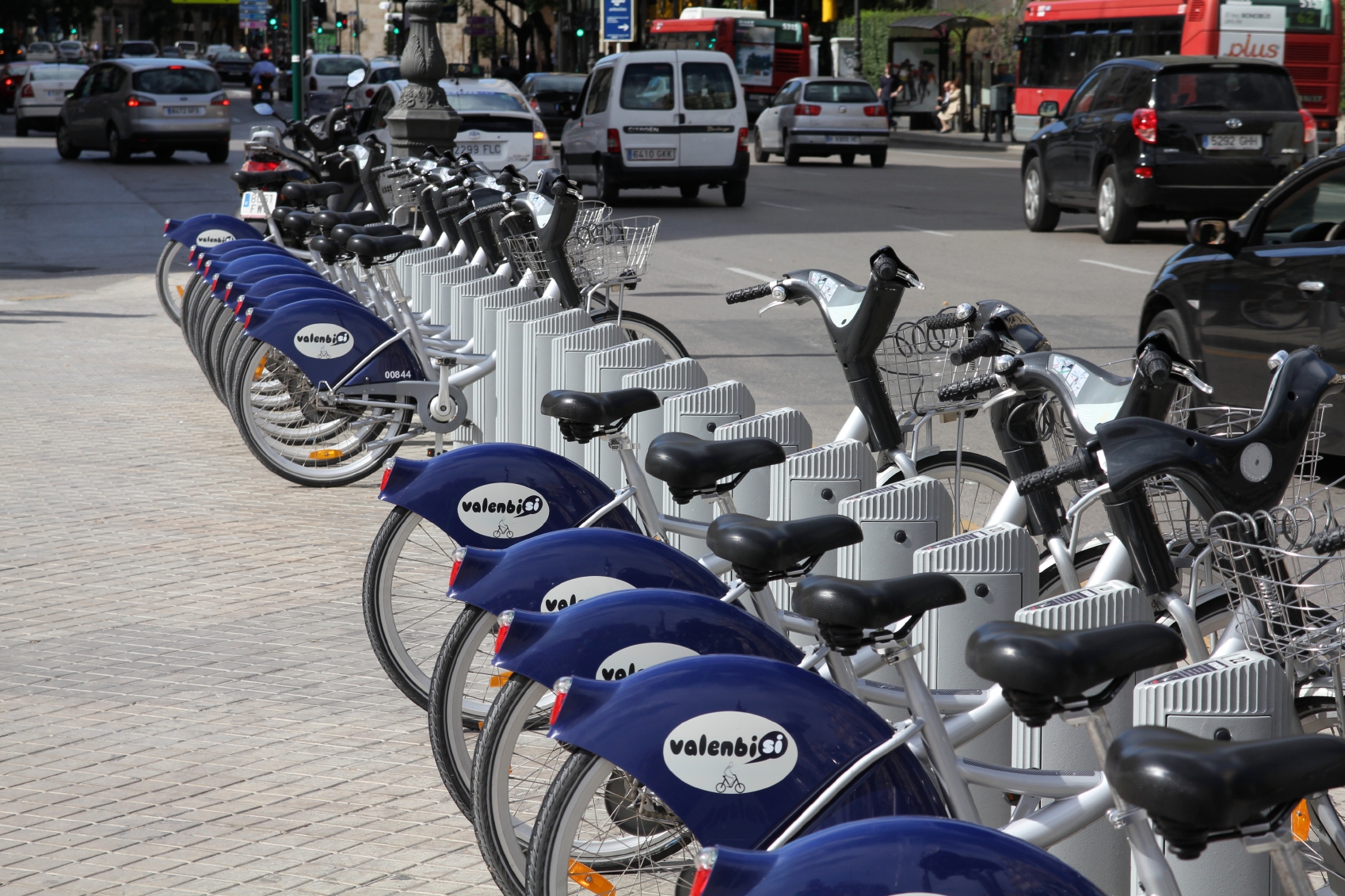By NCPPA
Everyone knows that physical activity is good for us… right? Okay, maybe not everyone, but certainly the vast majority of adults and many, many children, as do policymakers, healthcare professionals, etc. Yet so few of us regularly attain the daily recommendations in the National Physical Activity Guidelines. The million dollar question is: WHY?
The most popular reason listed is time, or lack thereof. For many adults, the amount of time they spend at work and commuting to/from work is in excess of 10 hours a day. Add in other responsibilities – such as children, or perhaps, classes – and there is not much left of their waking hours. While a federal mandate reducing work hours for all would be great, it is clearly not realistic. But, what can be done is to look at how physical activity can be incorporated into the commute and/or the work day, and what role a community plays in helping to make this happen.
Take the commute. There are a variety of ways that physical activity can be integrated into commuting. The National Physical Activity Plan’s Transportation and Active Living sector has identified several immediate priorities dedicated to active transportation. Employers, federal and state legislators, as well as communities and individuals themselves must work together if policy change that will encourage active commuting is going to happen.

Communities can insure that bike racks are installed at transit stations and that commuter parking lots are safe, well lit, and in inclement weather, provide clear sidewalks. Communities could work with employers to institute a bicycle sharing program with locations at local transit stations as well as in areas conducive to places of employment. Such programs allow individuals to “borrow a bike” for a very nominal fee and are increasing in popularity.
And now for the workday… when thinking of communities, we often silo them as their own entities, with their own activities and priorities for serving their residents. We don’t often think of them working in partnership with the companies, etc. that may be in their boundaries. Working together with employers, communities can make great strides in helping more people log increased physical activity during the workday. Perhaps a brochure could be developed for those working in the community, highlighting facilities, parks, etc. that are available for physical activity. Another thought is using the employees as focus groups to help determine development and expansion of things like walking trails. Is there a lovely corporate campus headquarter that might be the perfect setting for construction of a non-motorized trail that could serve the needs of both the employees and community residents? Can special rates be offered for a community fitness facility to those that are working in the community but might not be residents? Employees might be new recruiting ground for volunteer youth sport coaches or additional teams for existing or new adult sports leagues.
What ideas do you have for how communities can work together with companies, etc. to make it easier for employees and residents to engage in fitness activities?